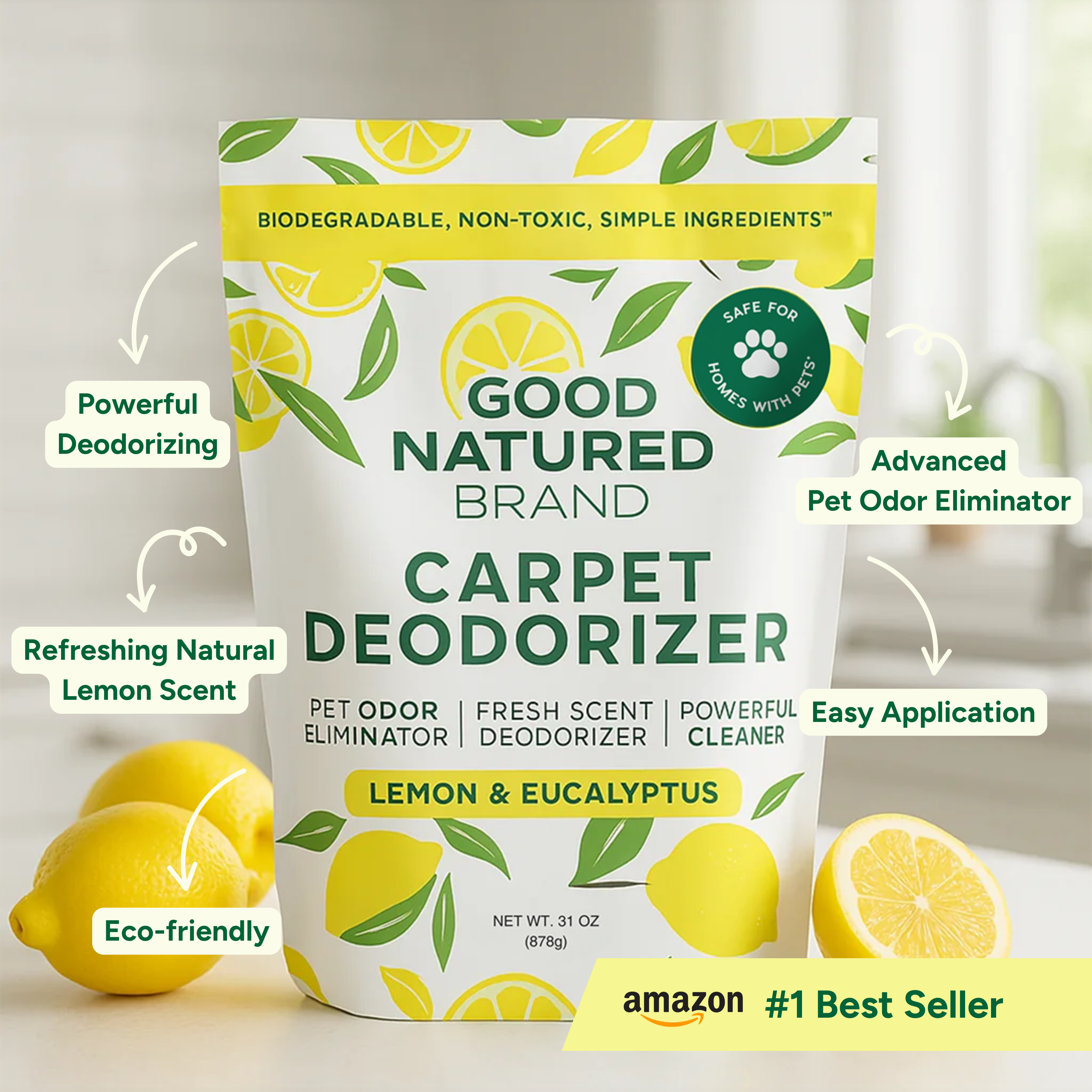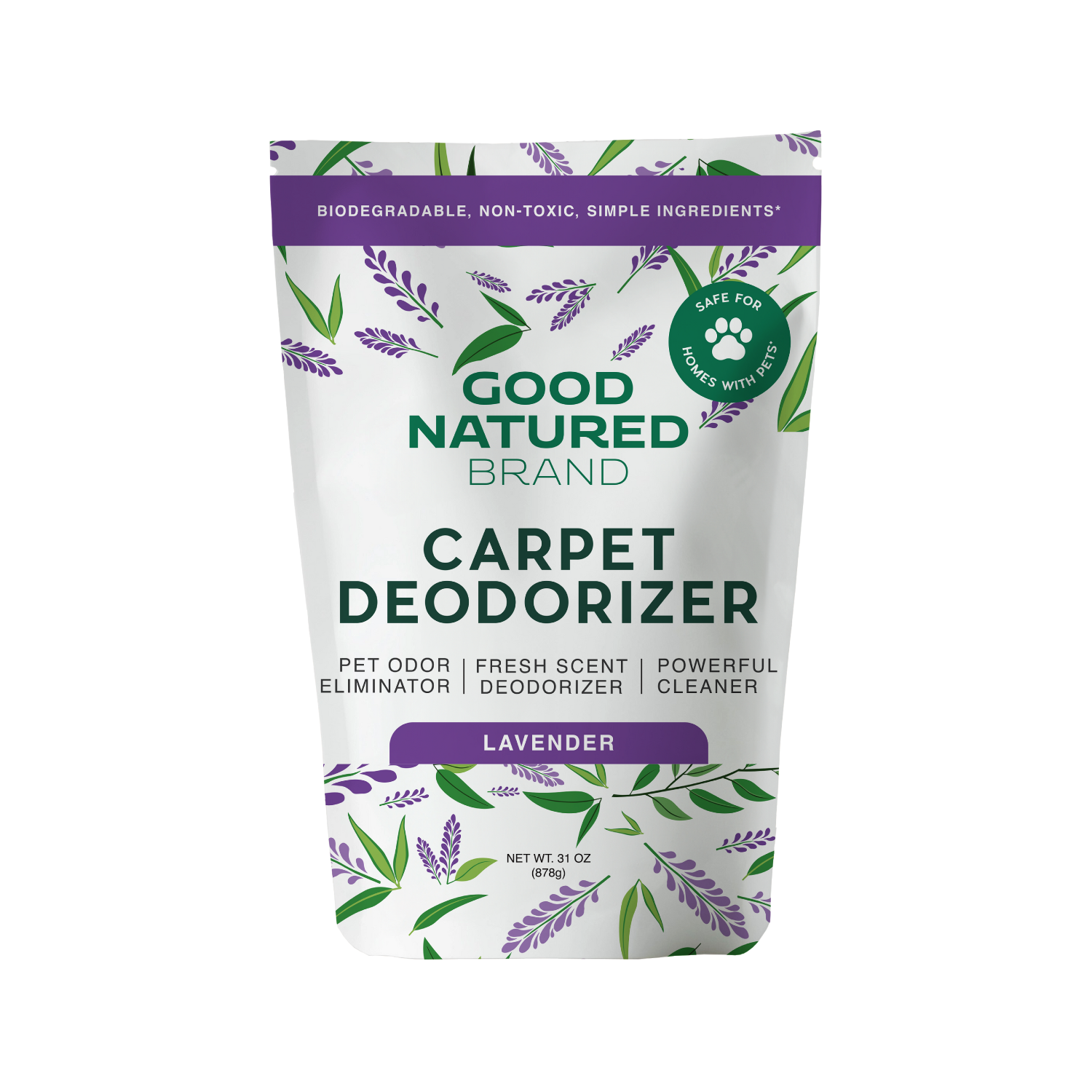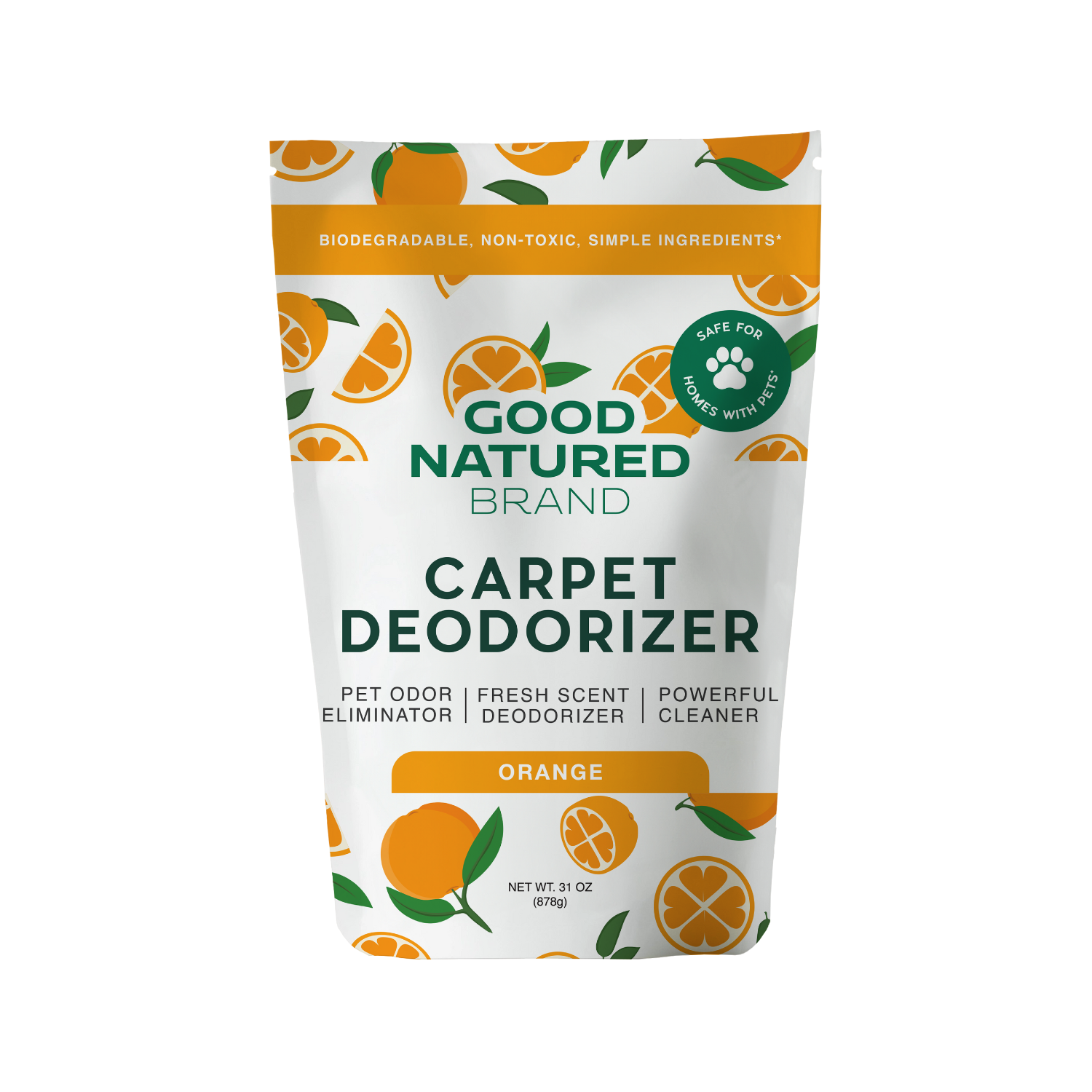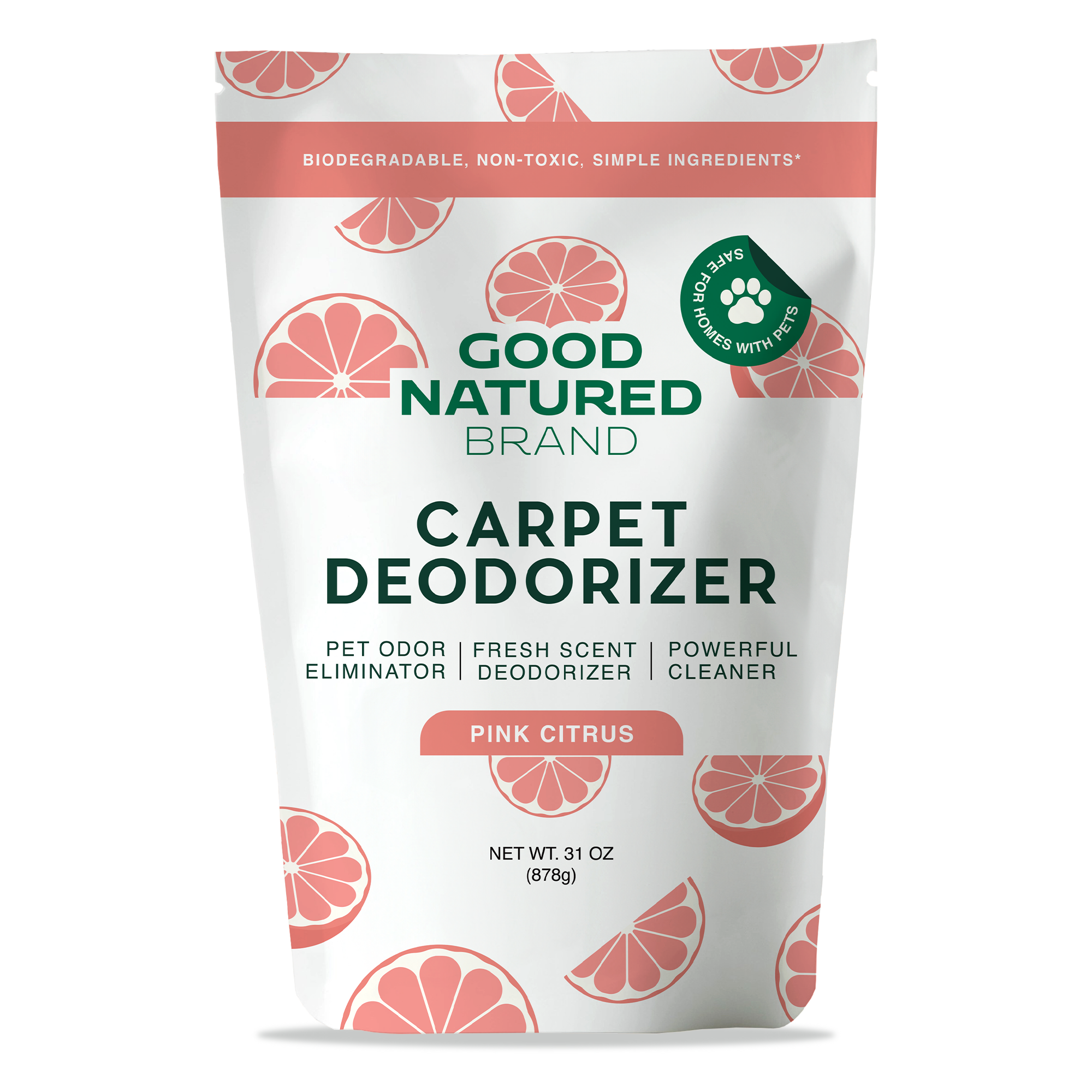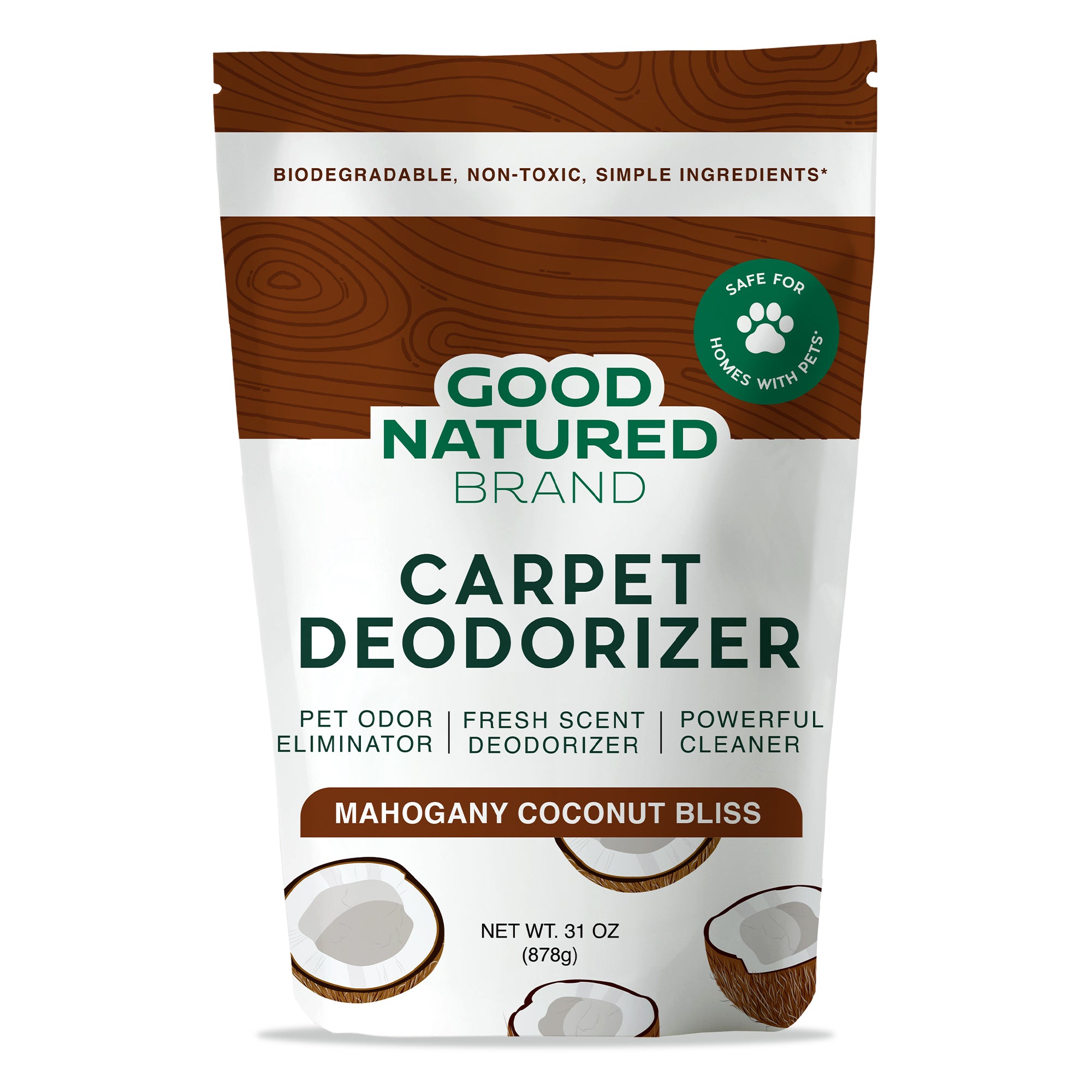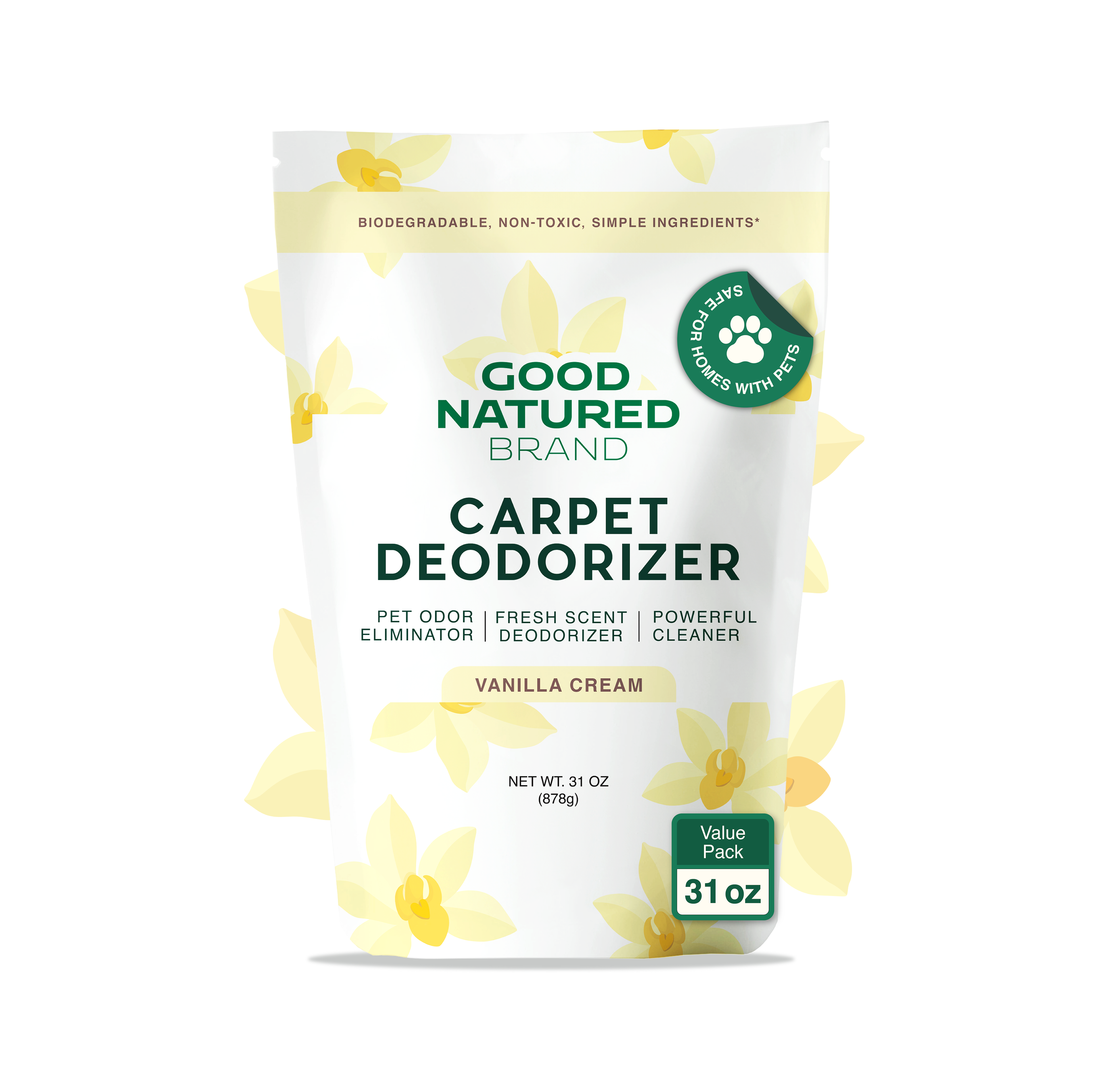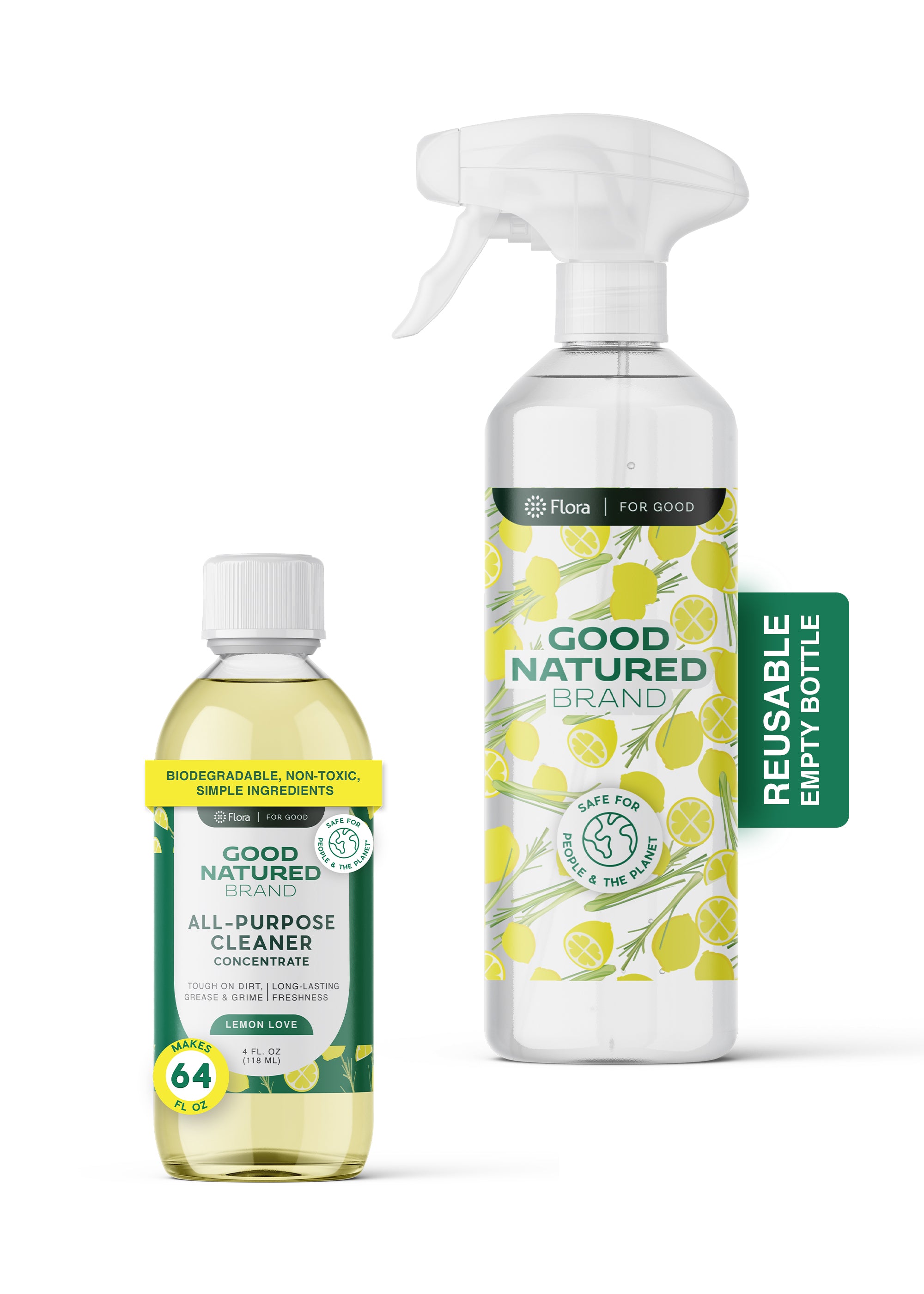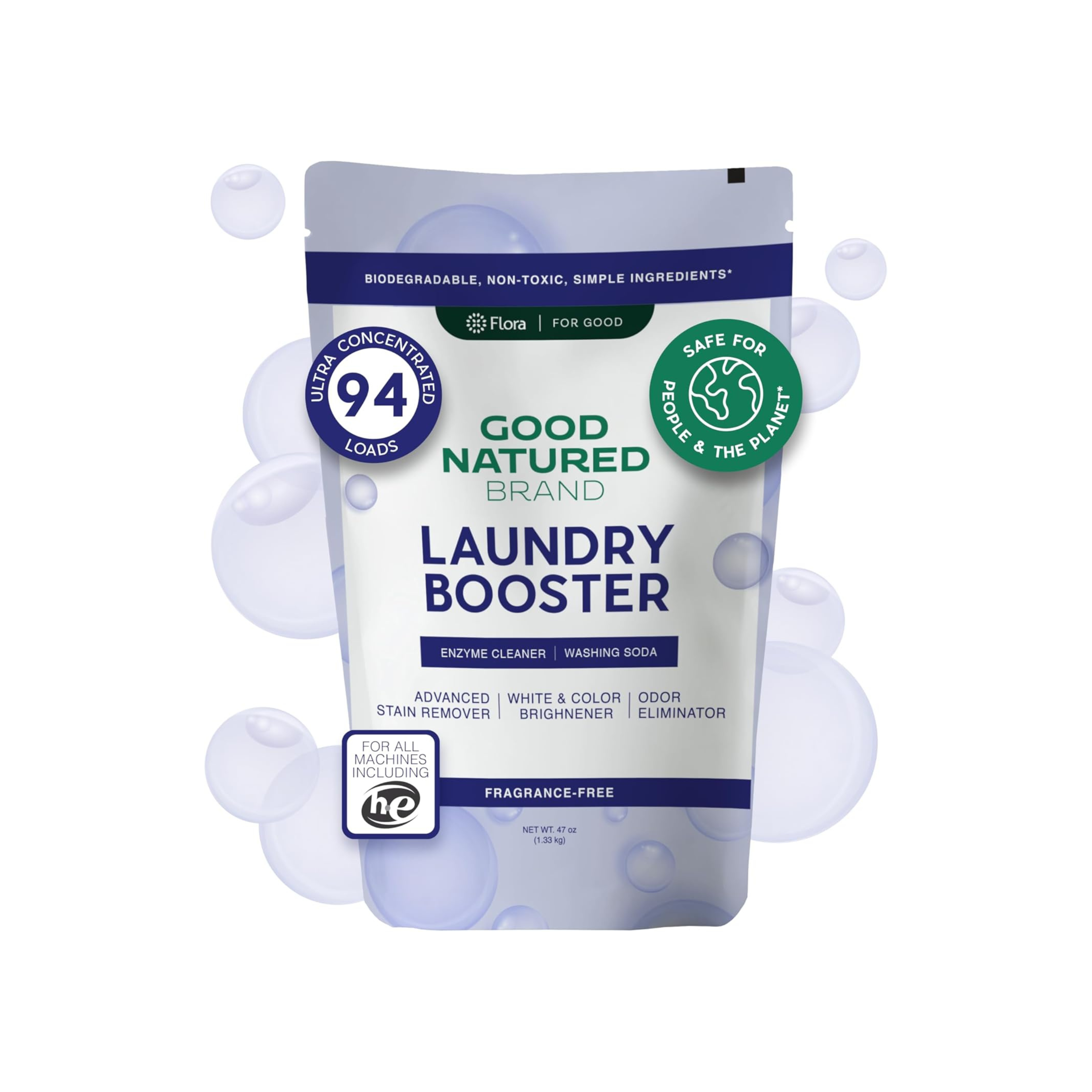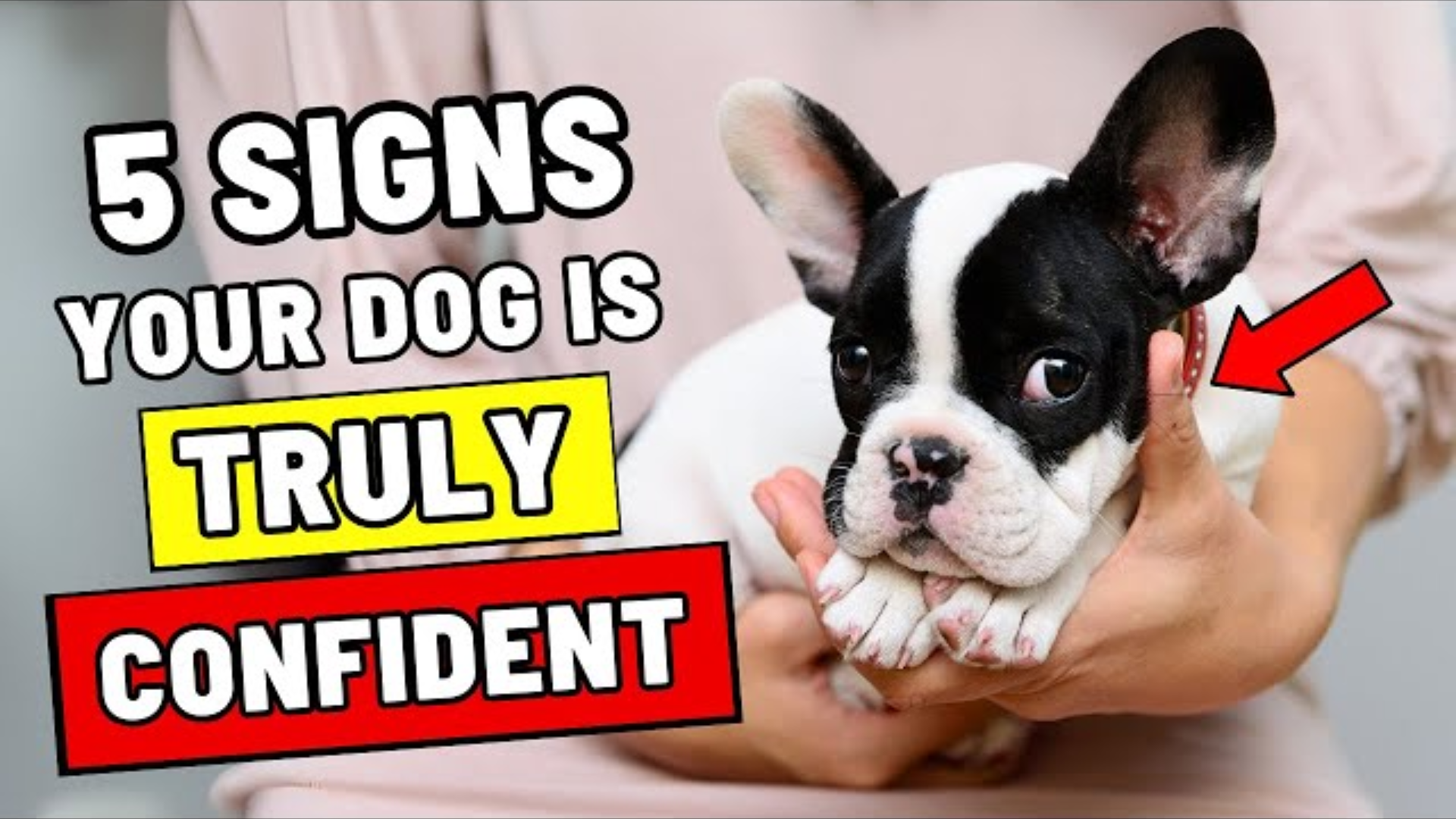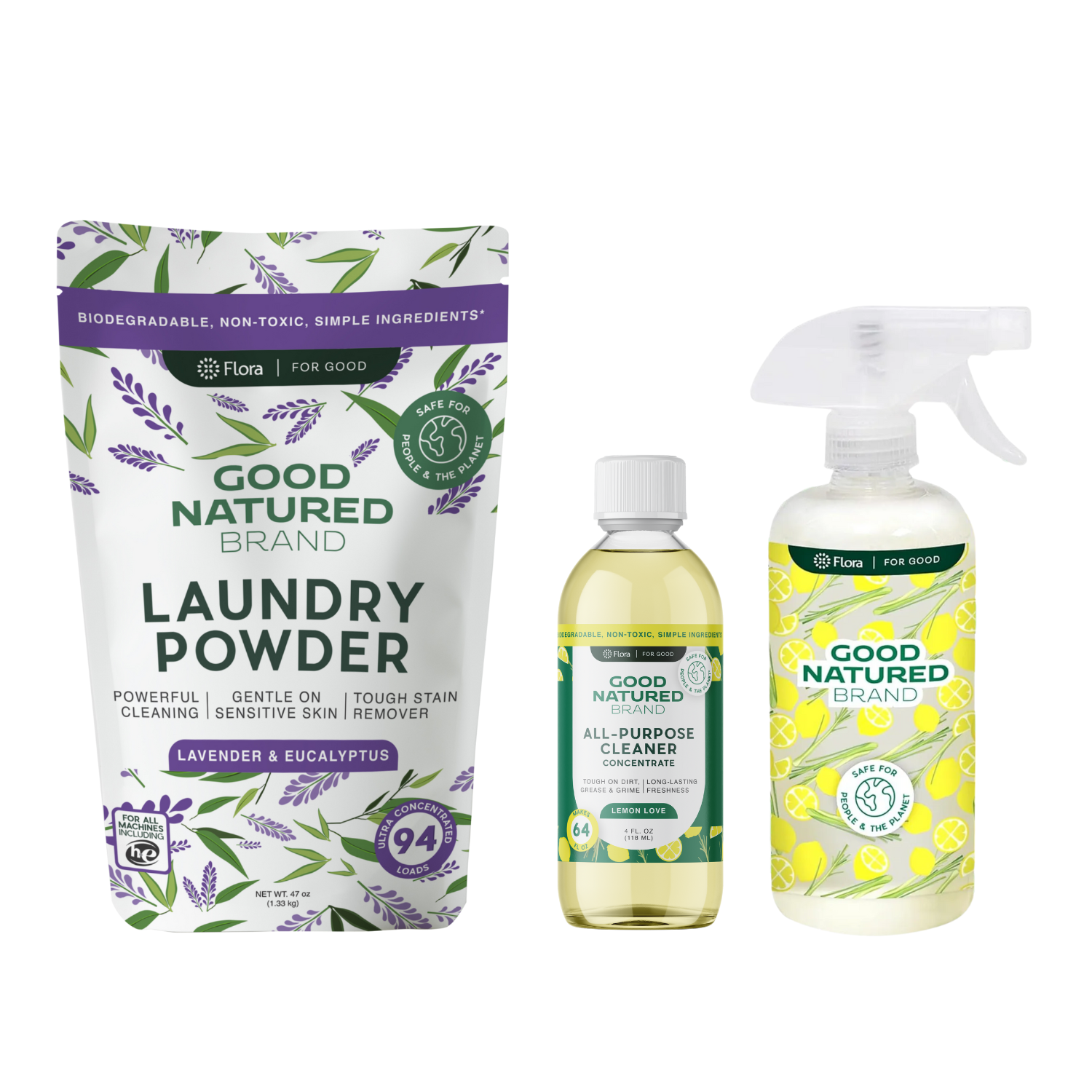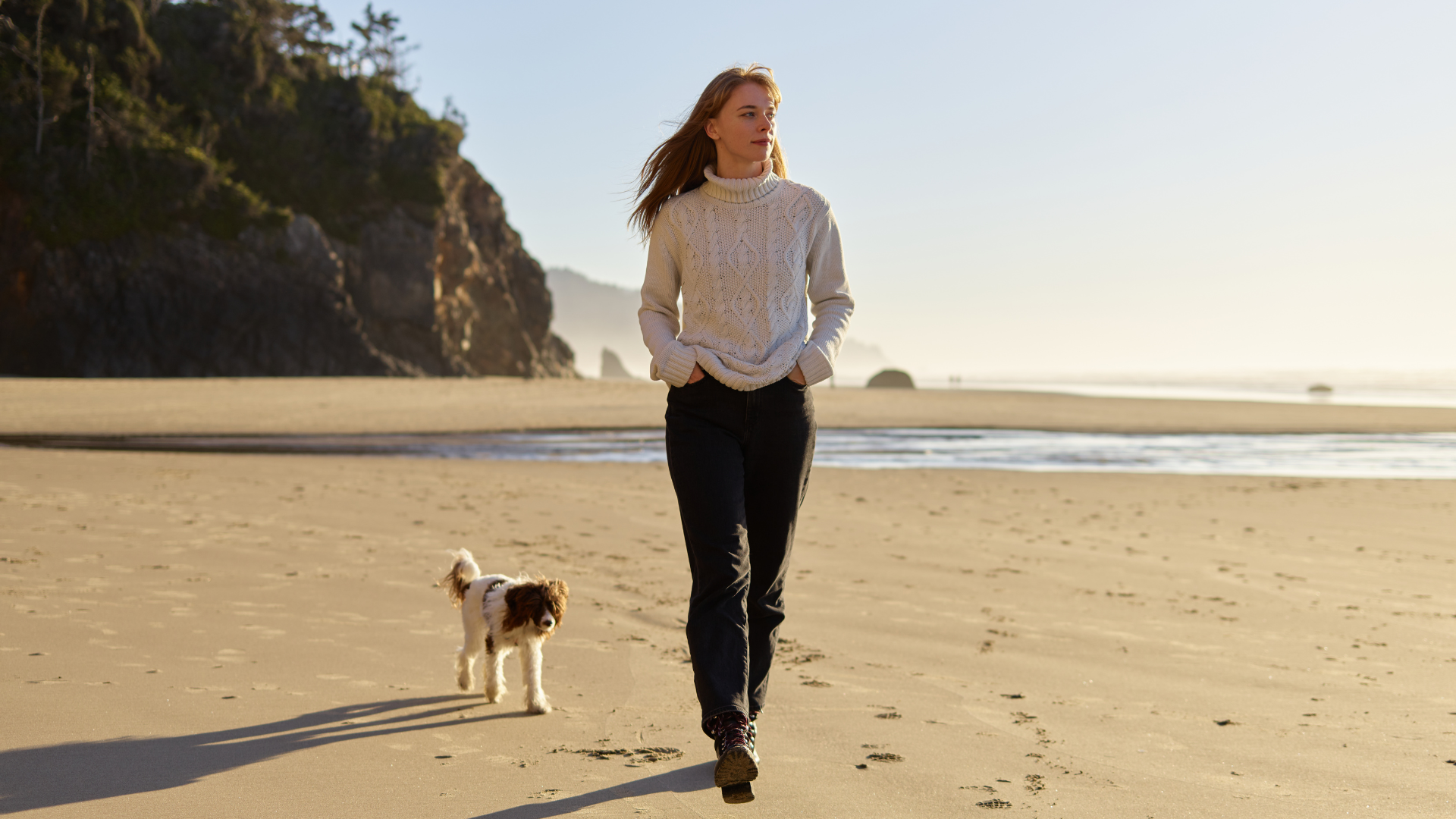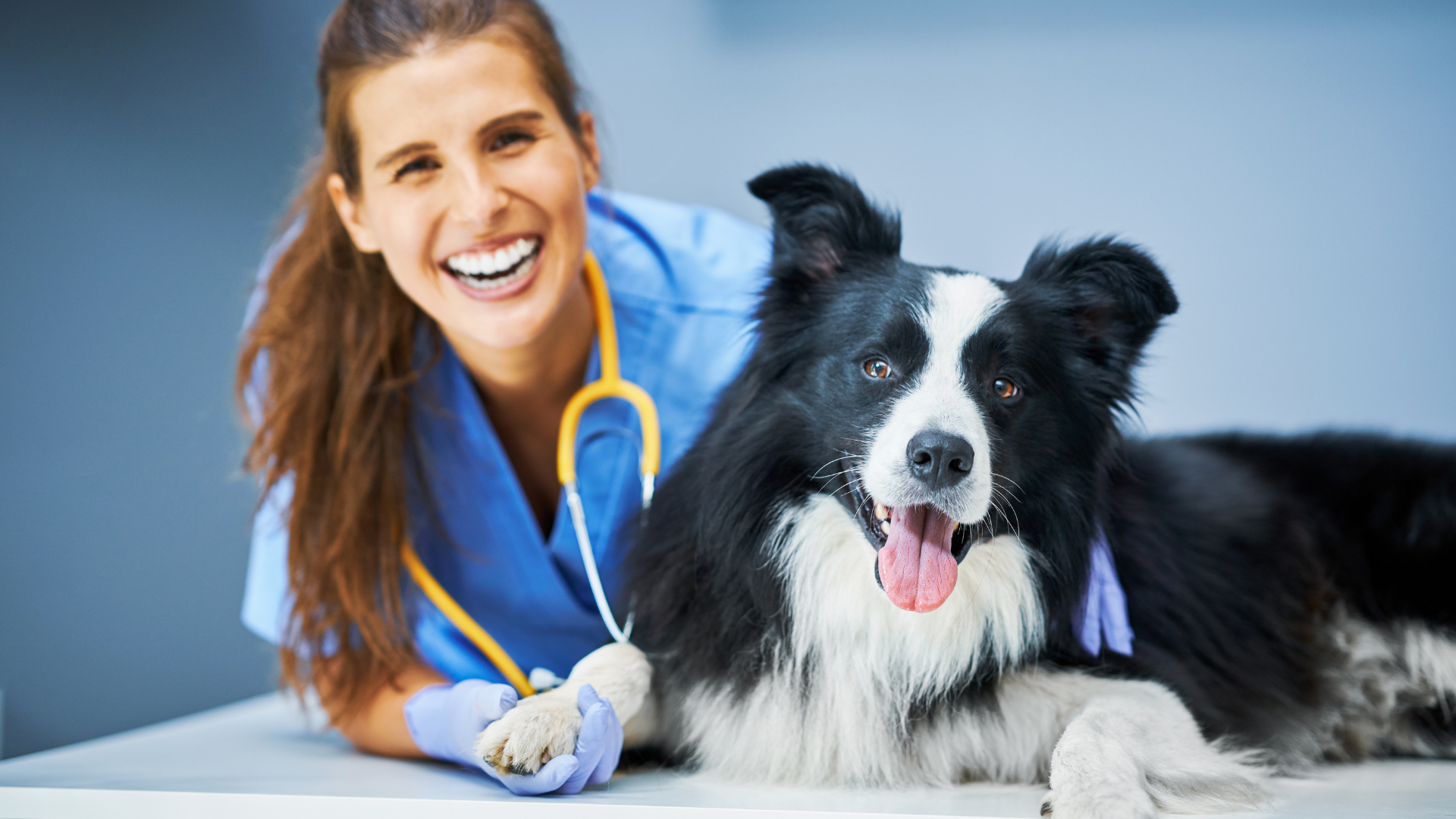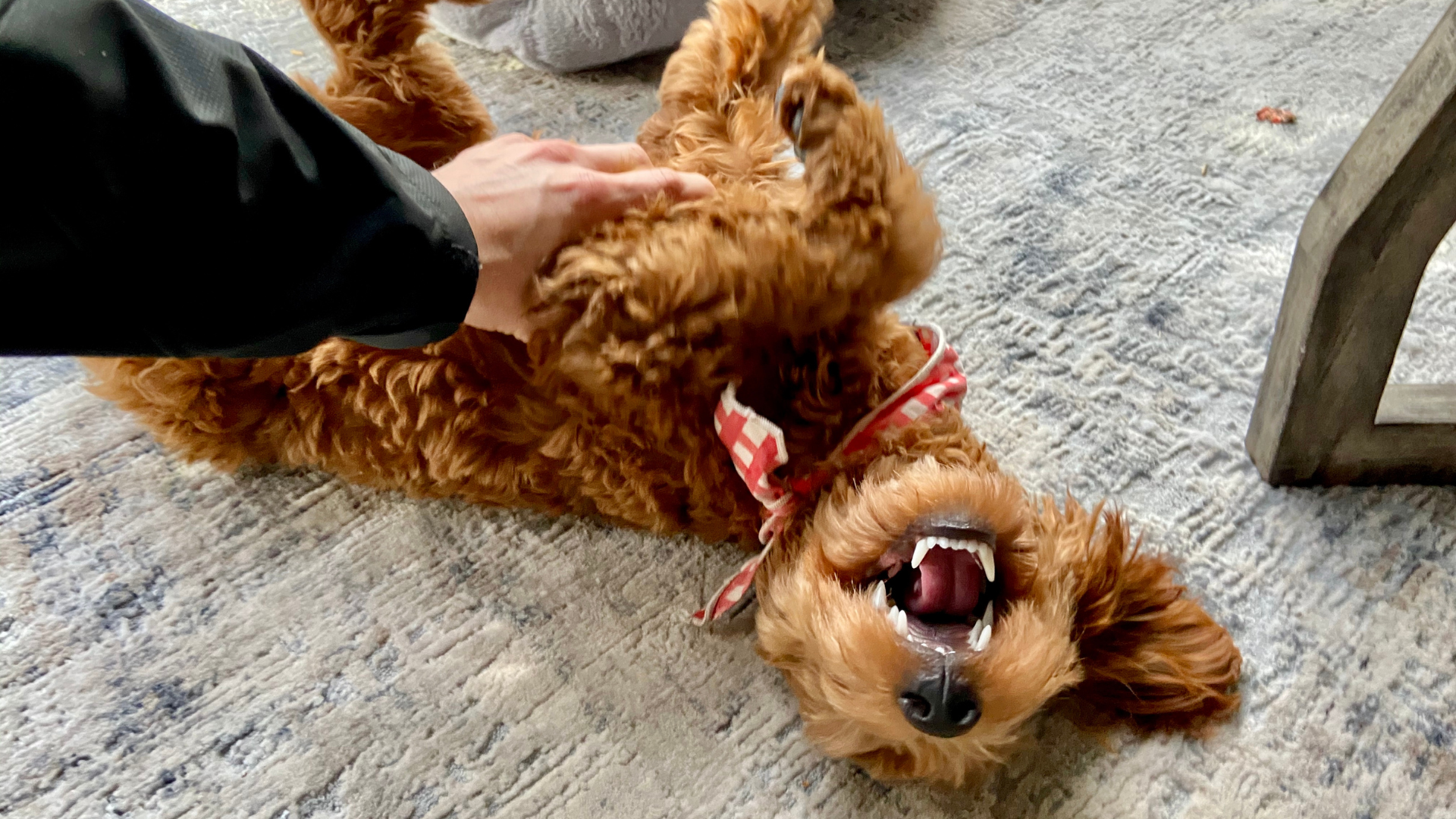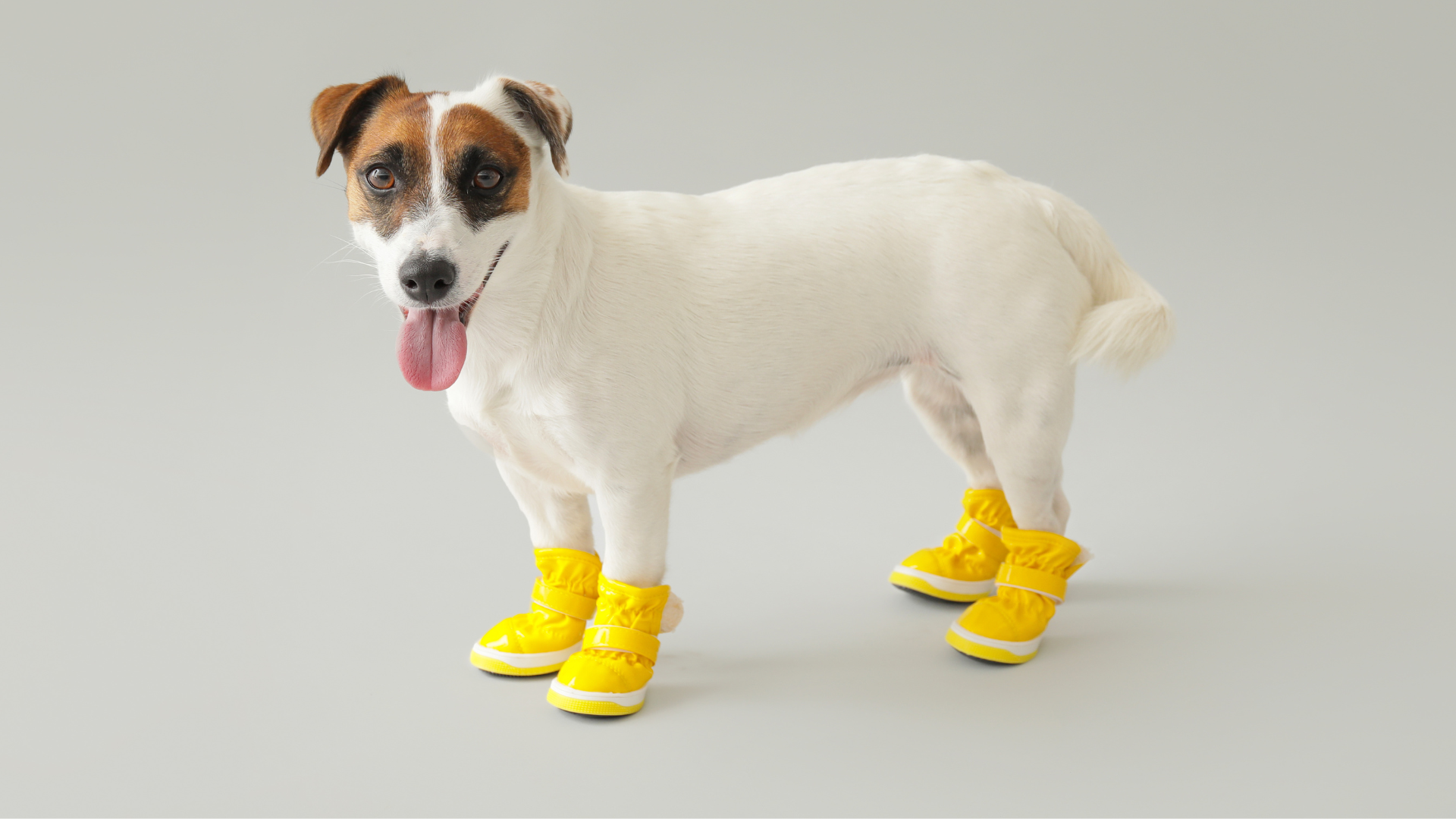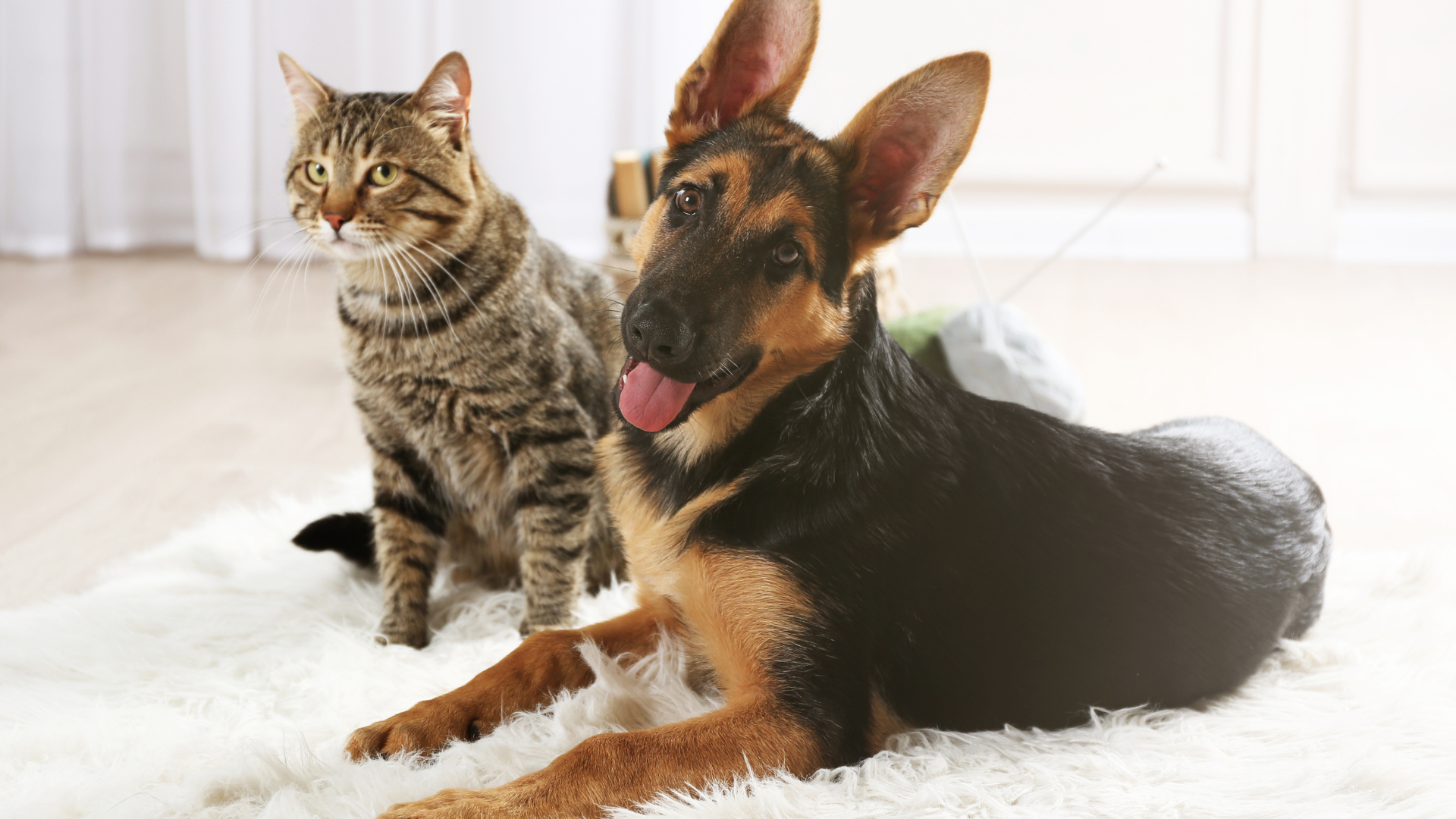In the YouTube video "Is Your Dog TRULY Confident? Take This Test!" posted by the Smelly Belly channel, dog owners are challenged to look beyond their dog's outward appearance and consider whether their dog is genuinely confident. The video introduces a series of five simple tests designed to assess your dog’s true confidence level, offering practical tools to understand how your dog reacts in various situations. Confidence in a dog isn’t just about appearing bold—it’s about maintaining composure and adaptability in unfamiliar or stressful circumstances.
This blog will break down these five tests, giving you a deeper understanding of your dog’s temperament. By taking these tests, you can identify areas where your dog might need support and work toward building their confidence through positive reinforcement, patience, and consistency. We’ll also discuss how a clean, comfortable environment plays a crucial role in your dog's emotional well-being and how Good Natured Brand’s products can contribute to a more relaxed and confident pet.
Defining Confidence in Dogs: More Than Just Boldness
Confidence in dogs is not about being brash or overly assertive; it’s about the ability to remain calm, composed, and adaptable when faced with new or stressful experiences. Many dogs may appear confident in familiar environments, but they can show signs of anxiety when faced with challenges or unfamiliar stimuli. Understanding the true confidence level of your dog helps you better support their emotional needs and prevent behavioral issues in the future.
For example, imagine a “giant troll” storming through the kitchen—if your dog remains calm and composed, that’s a sign of true confidence. However, if they panic or react with fear, it may be time to focus on building their emotional resilience. Here are the five tests designed to help you assess your dog’s confidence in practical, everyday situations.
Test 5: New Experience Approach – How Does Your Dog React to Novelty?
Introducing new stimuli—whether it’s a new person, object, or location—is a great way to test your dog’s adaptability and confidence. A confident dog will approach new experiences with curiosity, showing interest without hesitation or fear. They will remain calm and engaged, without signs of distress.
On the other hand, anxious dogs may show signs of discomfort like backing away, cowering, excessive licking, or panting. These reactions suggest anxiety and may indicate a need for gradual desensitization and positive reinforcement to help the dog build confidence.
Creating a Calm Environment for Confidence
Helping your dog navigate new experiences begins with a calm environment at home. Keeping your living space clean with products like Good Natured Brand’s Carpet Deodorizers, Laundry Powders, and All-Purpose Cleaners can create a soothing atmosphere, which will support your dog’s confidence-building process. Natural, non-toxic products ensure a safe and stress-free environment for both you and your pet.
Test 4: The Cradle Test – Evaluating Vulnerability and Trust
The cradle test is a classic way to assess a dog’s comfort level with vulnerability and handling. To perform this test, gently cradle your dog on their back, mimicking a vulnerable human position. A confident dog will relax and may even look at you calmly, signaling trust and acceptance. If the dog shows resistance, stiffens, or seems uncomfortable, this may indicate that they have trust issues or need more focused training.
Building Trust Through Patience
The cradle test is particularly useful for fostering trust between you and your dog. By slowly and gently handling them in vulnerable situations, you can build confidence in your dog’s trust. This requires patience and a gentle approach to ensure that your dog feels safe and secure, without overwhelming them.
Test 3: Reaction to Sudden Noises – How Does Your Dog Respond to Surprises?
Testing how your dog reacts to sudden noises helps assess their ability to handle unexpected stimuli. For this test, create a small, non-threatening noise—like clapping or dropping a book—while your dog is relaxed. A confident dog might startle momentarily but will quickly recover and show curiosity. Fearful reactions, such as trembling or running away, indicate lower confidence and may require gradual exposure to different sounds to build resilience.
Positive Reinforcement for Fearful Reactions
If your dog shows fear during this test, it's important to address their reactions with calmness and reassurance. Gradual exposure to similar noises, paired with positive reinforcement, can help desensitize your dog to unexpected sounds, boosting their confidence over time.
Test 2: Interaction with Strangers – How Confident Is Your Dog Around New People?
Many dogs are comfortable around familiar people but become anxious or avoidant when encountering strangers. This test involves introducing a new person to your dog in a calm manner and observing how your dog reacts. Confident dogs will approach the stranger, sniff, and accept treats without fear or aggression. If your dog shows signs of discomfort, such as growling, hiding, or reluctance to engage, this indicates social anxiety that may need addressing.
Socialization and Gradual Exposure
Building social confidence in your dog is a process that involves gradual exposure to new people and environments. Use treats and praise to reward calm interactions and encourage positive social behavior. Over time, your dog will become more confident in social settings, reducing anxiety around strangers.
Test 1: Walking on Unfamiliar Surfaces – How Well Does Your Dog Adapt to New Physical Challenges?
The final test challenges your dog to walk on unfamiliar surfaces, such as metal grates, wooden planks, or plastic sheets. Confident dogs will navigate these surfaces with minimal hesitation, showing curiosity and adaptability. Anxious dogs may hesitate, whine, or refuse to step onto the surface, indicating a lack of confidence when faced with new physical challenges.
Gradual Exposure to New Environments
Helping your dog feel more comfortable with unfamiliar surfaces involves patience and positive reinforcement. Start by introducing them to new surfaces in a controlled environment, gradually increasing the difficulty as their confidence grows. Be sure to reward them for each successful step to reinforce their positive behavior.
Confidence Is Nurturable: Building a Resilient Dog
It’s important to remember that confidence in dogs is not a fixed trait—it can be nurtured and grown with consistent training, positive experiences, and gradual exposure to new challenges. The more confident your dog becomes, the more balanced and resilient they will be in different environments. This not only improves their quality of life but also strengthens the bond between you and your dog.
Positive Environment = Positive Confidence
A clean and safe environment is essential to fostering your dog’s confidence. By using non-toxic cleaning products like Good Natured Brand’s Carpet Deodorizers, Laundry Powders, and All-Purpose Cleaners, you create a calming space that supports your dog’s emotional and physical well-being, allowing them to build confidence at their own pace.
Unlocking Your Dog’s True Confidence
By taking the tests outlined in "Is Your Dog TRULY Confident? Take This Test!", you can gain valuable insights into your dog’s temperament and emotional state. Confidence is essential for a balanced and happy dog, and with patience and positive reinforcement, you can help your dog develop resilience and calmness in the face of new experiences. Remember, confidence is something that can be nurtured, and with the right approach, your dog can become more adaptable, self-assured, and comfortable in a wide variety of situations.
To learn more about creating a comfortable and confident environment for your dog, check out our blog and explore our Carpet Deodorizers, Laundry Powders, and All-Purpose Cleaners to maintain a peaceful, pet-friendly home that supports your dog’s emotional growth.
